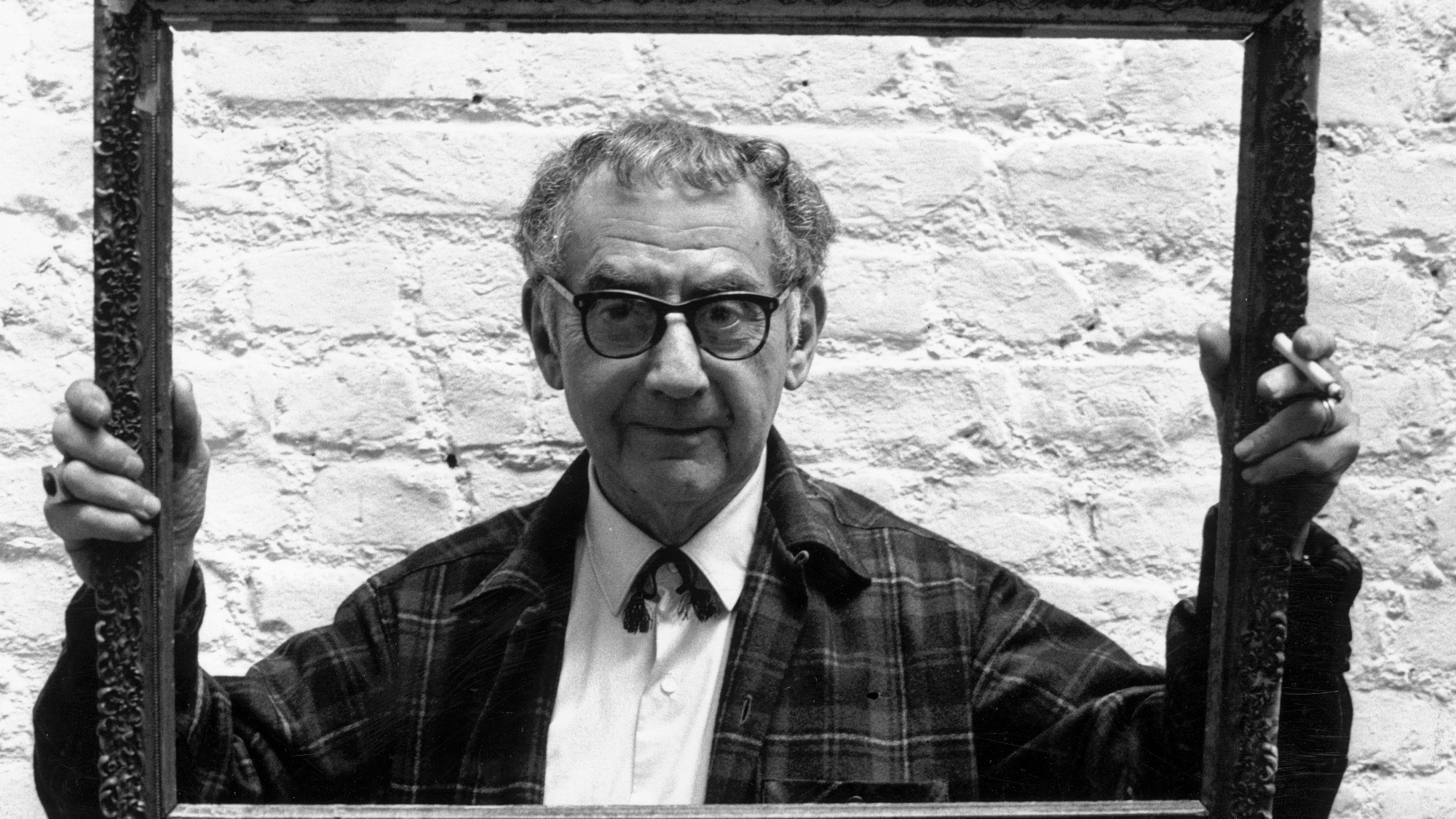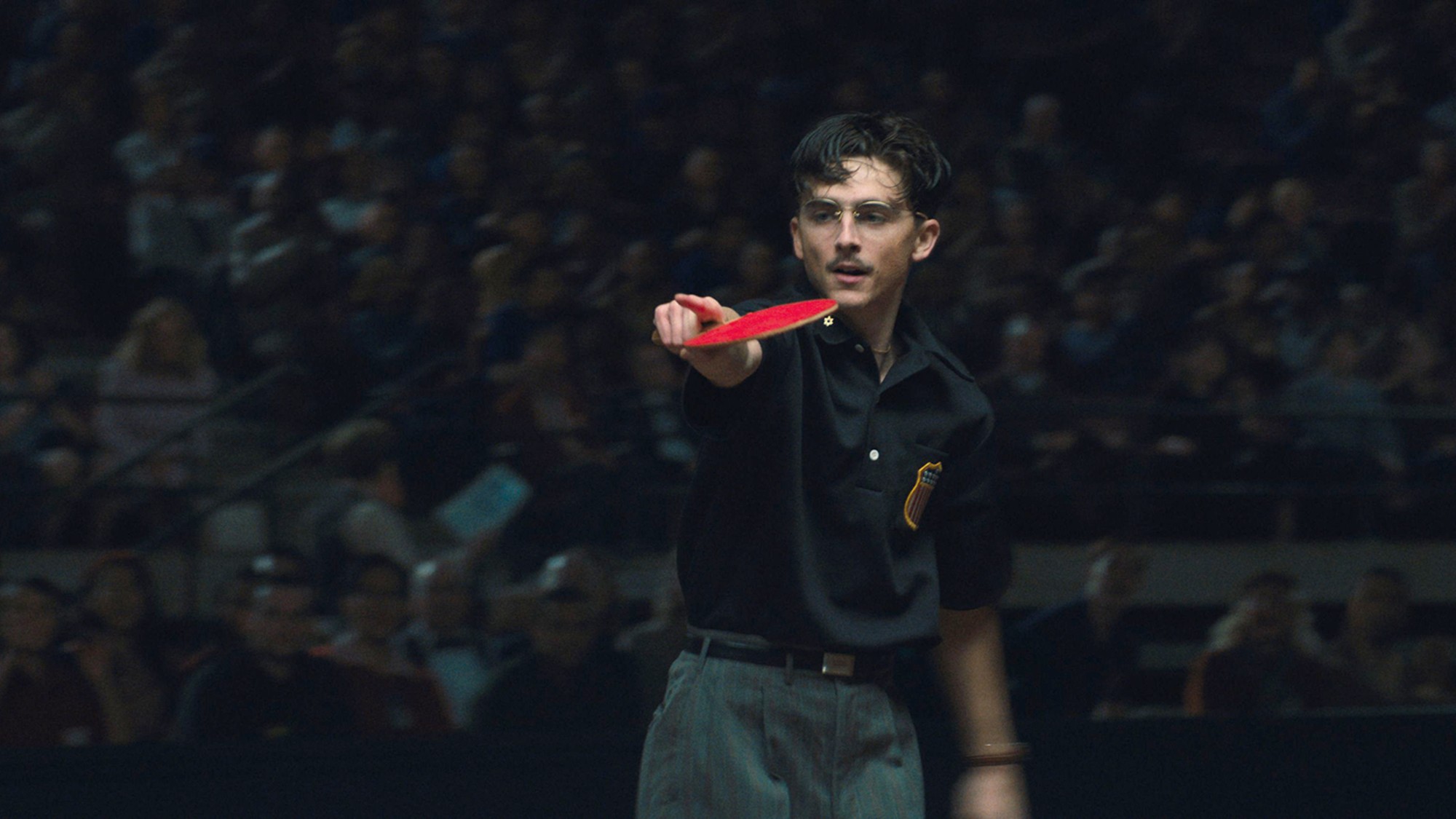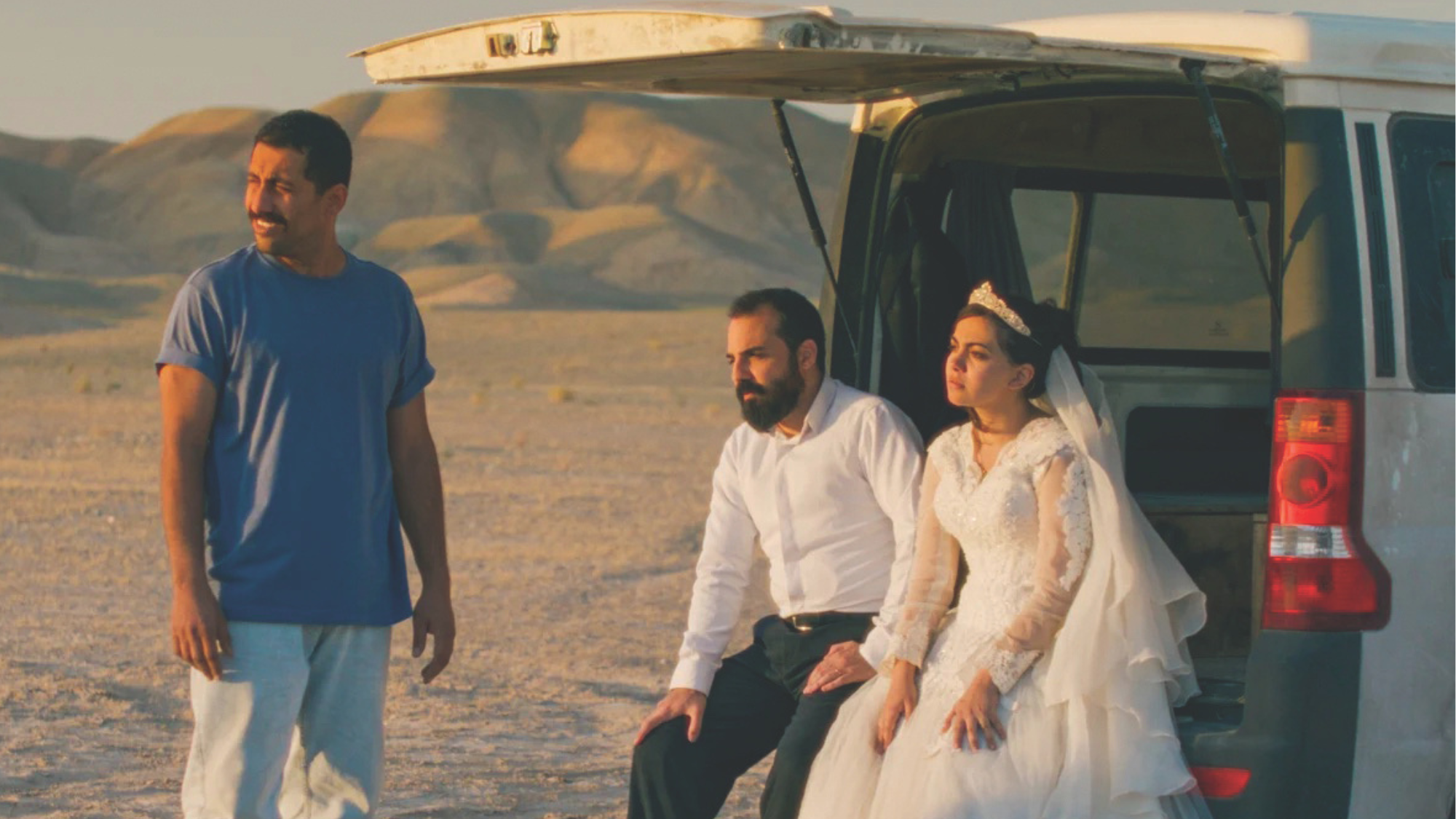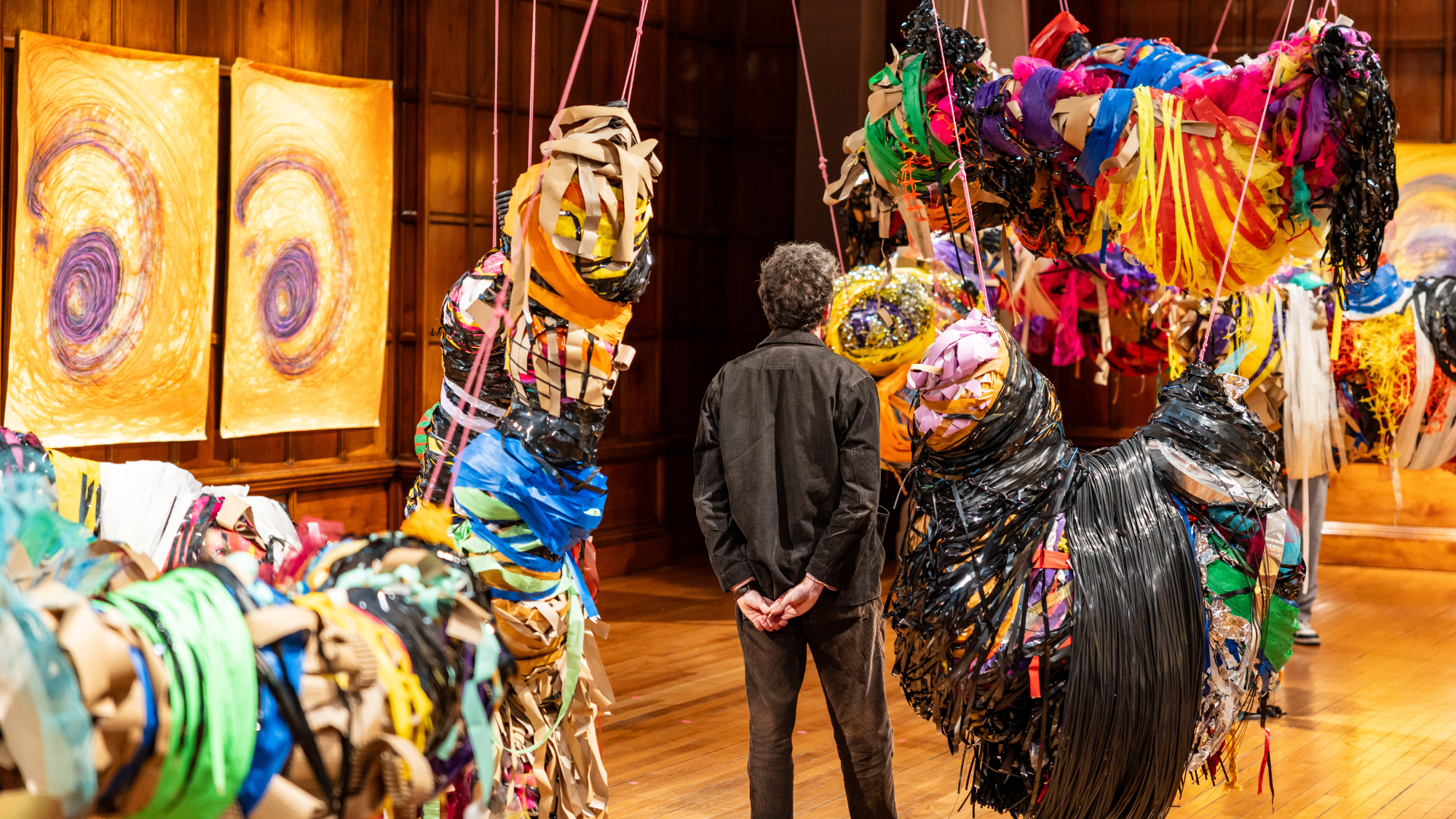Art review: Man Ray: When Objects Dream
Metropolitan Museum of Art, New York City, through Feb. 1

“Man Ray didn’t consider photography to be a form of art,” said Marion Maneker in Puck. That notion may surprise some visitors to the Met’s survey of one of the artist’s most fertile periods, because it’s “easy to get lost” in the 64 experimental photographs that constitute the heart of the show. In 1921, Man Ray moved to Paris from New York City, and he later said he was developing images for a fashion client when he left a couple of random objects atop photographic paper and accidentally exposed the paper to light. Excited by the ghostly images the process produced, he repeated it, dubbed the results “rayographs,” and printed a dozen in a 1922 portfolio, Les champs délicieux, that caused a sensation. Today, those 12 images are “both familiar and otherworldly.” They also suggest how the rayographs provide a key to understanding everything their creator did.
“Conceptual pieces were a part of Man Ray’s practice from the very beginning,” said Rossilynne Skena Culgan in Time Out. Born Emmanuel Radnitzky in 1890, the son of Russian Jewish immigrants grew up in Brooklyn, studied art in Manhattan, and was heavily influenced by the 1913 Armory Show that introduced America to Europe’s postimpressionist avant-garde. Before the rayographs, he created a series of colorful collages titled Revolving Doors, presenting them on a rotating stand that visitors to the Met can spin. He “also had a sense of humor,” as can be seen in 1920’s Catherine Barometer, which looks like a device for gauging weather shifts but suggests a need to monitor its namesake’s moods. By then, he was a friend and collaborator of Marcel Duchamp’s, and took Duchamp’s advice in relocating to Paris to seek greater acclaim.
Before the rayographs, Man Ray was already creating “moody, enigmatic” photographs by focusing on purpose-built everyday objects, said Arthur Lubow in The New York Times. He lit an eggbeater to emphasize its looping shadows in an image he titled Man. He also used an extended exposure to turn accumulated dust into an image that suggests a vast, arid landscape. Similarly, the everyday objects that appear in the rayographs are “transfigured by the artist’s skillful manipulations of luminescence and shadows.” And while those are the works that pushed Ray’s career into overdrive, the “showstopper” in this multimedia gathering of some 160 objects is a variation that also happens to be the most expensive photograph ever sold at auction. In Le Violon d’Ingres, from 1924, his lover Kiki de Montparnasse appears naked to just below the waist and her back, which is turned to the camera, is adorned with likenesses of the f-holes on a violin. The artist used his rayograph process to burn in the suggestive flourishes, and “in its beauty and absurdity,” the $12.4 million work “encapsulates, arguably better than any other artwork, the insouciant wit of surrealism and the originality of Man Ray.”
The Week
Escape your echo chamber. Get the facts behind the news, plus analysis from multiple perspectives.

Sign up for The Week's Free Newsletters
From our morning news briefing to a weekly Good News Newsletter, get the best of The Week delivered directly to your inbox.
From our morning news briefing to a weekly Good News Newsletter, get the best of The Week delivered directly to your inbox.
A free daily email with the biggest news stories of the day – and the best features from TheWeek.com
-
 3 ways to reduce the cost of owning a car
3 ways to reduce the cost of owning a carthe explainer Despite the rising expense of auto insurance premiums and repairs, there are ways to save
-
 DOJ targets ‘disparate impact’ avenues of discrimination protections
DOJ targets ‘disparate impact’ avenues of discrimination protectionsIN THE SPOTLIGHT By focusing solely on ‘intentional discrimination,’ the Justice Department risks allowing more subtle forms of bias to proliferate
-
 ‘Consistency at the ballot box isn’t nearly as meaningful to many voters here’
‘Consistency at the ballot box isn’t nearly as meaningful to many voters here’Instant Opinion Opinion, comment and editorials of the day
-
 6 lovely barn homes
6 lovely barn homesFeature Featuring a New Jersey homestead on 63 acres and California property with a silo watchtower
-
 Film reviews: ‘Marty Supreme’ and ‘Is This Thing On?’
Film reviews: ‘Marty Supreme’ and ‘Is This Thing On?’Feature A born grifter chases his table tennis dreams and a dad turns to stand-up to fight off heartbreak
-
 Heavenly spectacle in the wilds of Canada
Heavenly spectacle in the wilds of CanadaThe Week Recommends ‘Mind-bending’ outpost for spotting animals – and the northern lights
-
 It Was Just an Accident: a ‘striking’ attack on the Iranian regime
It Was Just an Accident: a ‘striking’ attack on the Iranian regimeThe Week Recommends Jafar Panahi’s furious Palme d’Or-winning revenge thriller was made in secret
-
 Singin’ in the Rain: fun Christmas show is ‘pure bottled sunshine’
Singin’ in the Rain: fun Christmas show is ‘pure bottled sunshine’The Week Recommends Raz Shaw’s take on the classic musical is ‘gloriously cheering’
-
 Holbein: ‘a superb and groundbreaking biography’
Holbein: ‘a superb and groundbreaking biography’The Week Recommends Elizabeth Goldring’s ‘definitive account’ brings the German artist ‘vividly to life’
-
 The Sound of Music: a ‘richly entertaining’ festive treat
The Sound of Music: a ‘richly entertaining’ festive treatThe Week Recommends Nikolai Foster’s captivating and beautifully designed revival ‘ripples with feeling’
-
 Nnela Kalu’s historic Turner Prize win
Nnela Kalu’s historic Turner Prize winTalking Point Glasgow-born artist is first person with a learning disability to win Britain’s biggest art prize